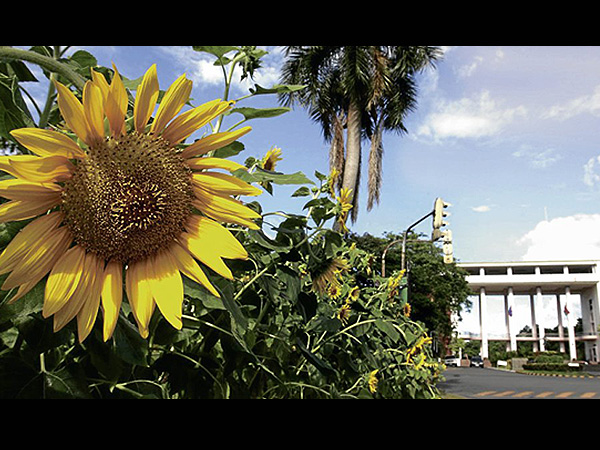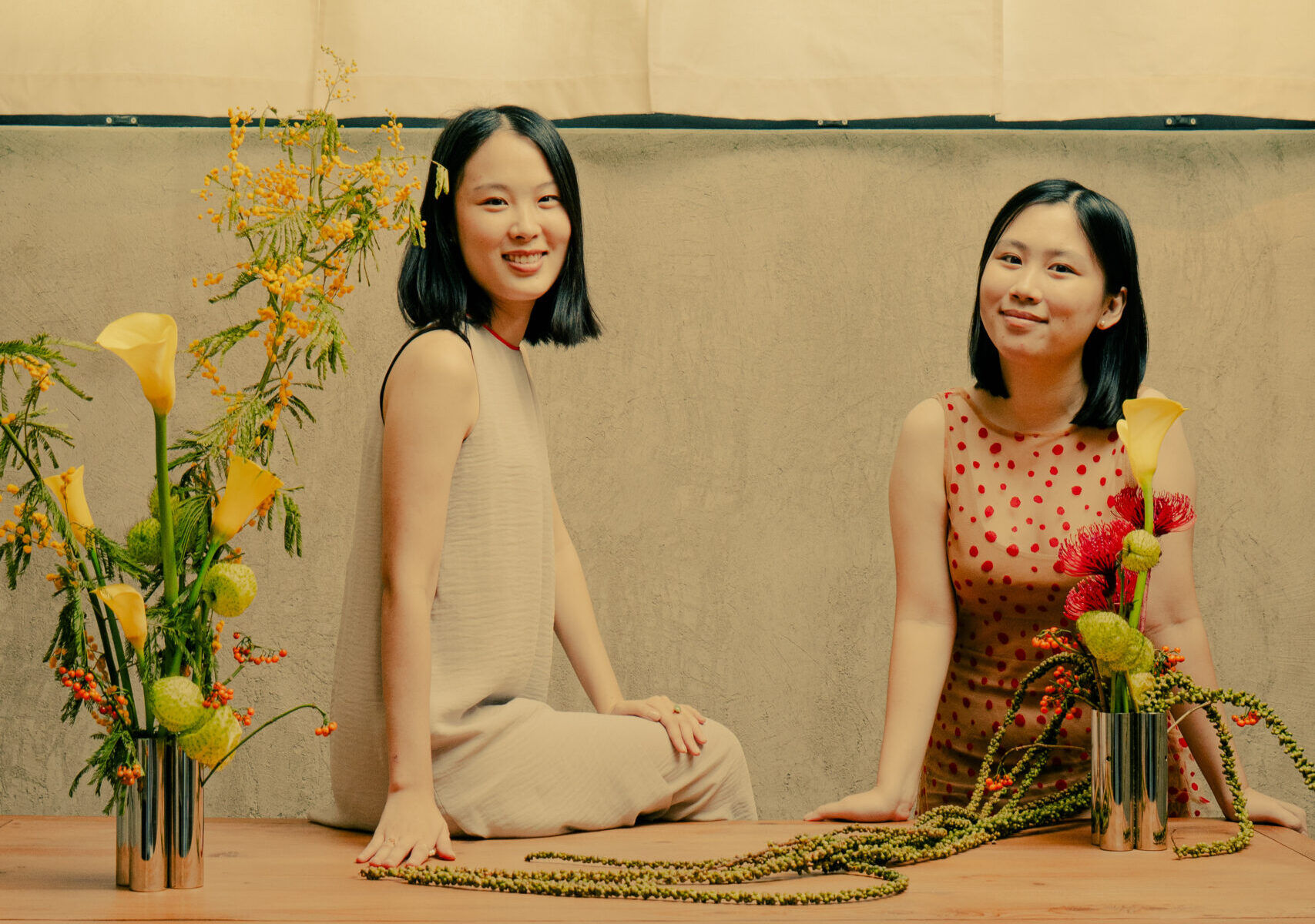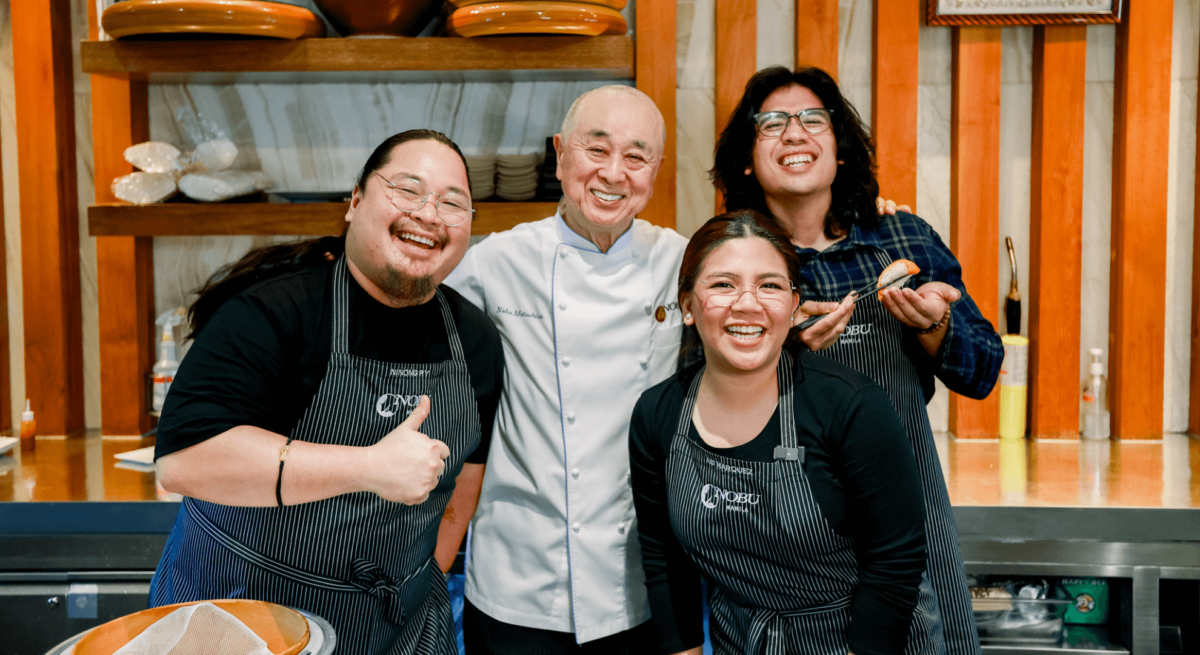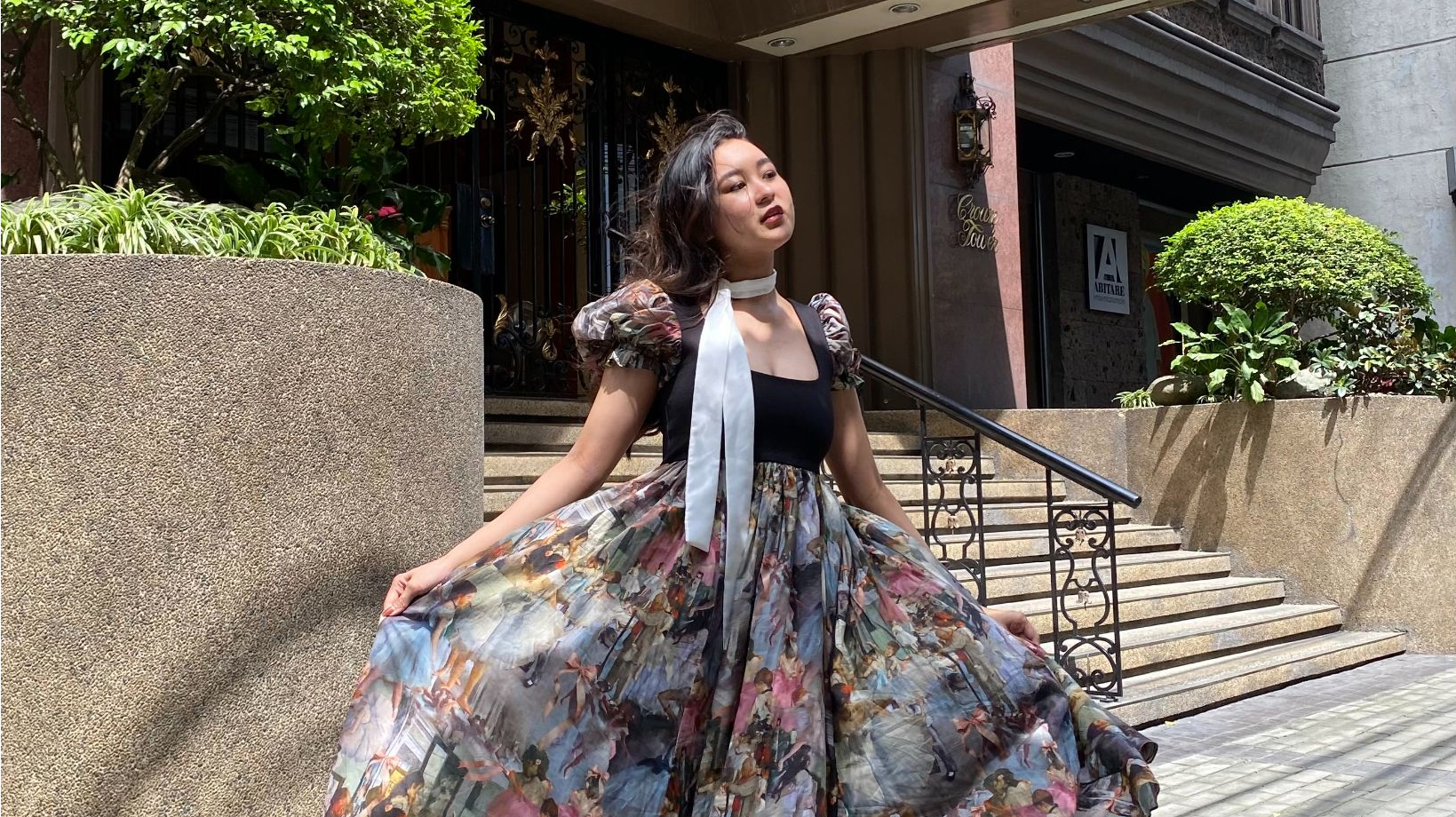
April showers bring May flowers.
But the flowers also come into bloom in April—showers or no showers—as they do on the road leading to the Oblation at every graduation at the University of the Philippines (UP) in Diliman, Quezon City.
Lining the waysides on University Avenue, thousands of sunflowers—those huge, bright yellow blooms used to depict the sun—greet graduating students clad in barong and white dresses on the way to the Amphitheater behind the Oblation for the commencement exercises.
Just as it is customary for graduates to pose next to “Oble,” the iconic symbol of the University of the Philippines, they also cherish having their photos taken with the rows of sunflowers as backdrop after the graduation rites.
This is the usual scene on the third or fourth Sunday of April each year, according to Emiliano Sotalbo, the project development adviser of the chancellor. “Graduation is not complete without the sunflowers,” he said.
On Sunday (today), 3,998 graduates will be marching to receive their diplomas at the UP Diliman’s 101st general commencement exercises.
Hope springs
Sunflowers spark hope for the new graduates.
“Follow the light and look forward to a bright future,” Sotalbo, 70, told the Inquirer, suggesting the blooms’ subtle message. He was one of the first to plant the yellow blossoms on the university campus.
The sunflower, a heliotrope, tracks the rays of the sun, moving from east to west, he explained.
For Charissa Bañes, an interior design graduating student, the blooming of sunflowers “just proves that graduation is not the end of the inquisitive nature of the UP student. There is always this ‘itch’ to know more, to look at the ordinary things and the norm from another perspective.”
Melanie Adan, a broadcast communication graduating student, said the sunflowers “keep our hopes up for the future ahead of us.”
Timetable
Adan had herself photographed with her hardbound thesis on both hands while standing beside the sunflowers, which she said also serve as the “UP student’s hour glass.”
She recalled praying, “Please don’t bloom yet sunflower, not until I submit my thesis final draft.”
Engineer Alden Jose Aynera, the acting director of the UP Campus Maintenance Office (CMO), said the flowers were especially planted to inspire graduates. But their beauty has captivated even outsiders that they have become a summer tourist attraction.
“You can count the life span of the flower from the moment you plant the seed to the moment it blooms until the moment it dies,” Aynera said, explaining why the sunflower, which is not a native plant, was chosen as a “graduation flower.”
The flower blooms approximately 45 to 60 days after the seeds are sown, he said, and it lives for about 90 days.
Fernando Laoke, the CMO labor general, said they draw a timetable every year to ensure that the sunflowers reach full bloom on graduation day. However, with the climate change, the flowers either bloom too early or too late.
Sunflower seeds are usually sown on the 16th or 17th of February for the flowers to bloom in the third week of April. But this year, they planted the seeds on Feb. 6, recalling last year’s 10-day delay.
Climate change
The green leafy stems were almost 6 feet high but only a few sunflowers were in full bloom on graduation day last year, he recalled.
Aynera explained that climate change affected the growth of flowers. “It was raining during the time we planted the seeds. Sunflowers are sun-oriented. The rains may have delayed the blooming of flowers,” he said.
To avoid a repeat of last year, they planted the flowers 10 days earlier, giving them an average of 75 days to reach full bloom.
This year’s sunflowers blossomed a month before graduation. There were full-bloomed flowers as early as March 20.
Aynera said he fears some of the flowers may wilt before graduation.
“I made a scientific analysis,” said Aynera, who is also a math professor, concluding that planting must be made early to avoid delays. But the flowers did not bloom on the expected date.
Early, late bloomers
“So I just correlated it with humans. Some are late bloomers while others are early bloomers,” he added.
Another “uncontrollable” factor, he said, is the seed. Every January, CMO tests seeds from three different suppliers in Tagaytay. They plant the seeds and examine the growth after five days.
“We procure seeds based on the test results but the problem is, we are not sure if the supplier would give us the same species,” Aynera said.
“We are supposed to propagate the seeds from the sunflowers,” he said. When a sunflower dies, the seeds fall to the ground.
But seeds are unable to mature because animals like birds and dogs—and even humans—eat them.
He also noted the absence of a nursery in the university, which lacks “capability” to store the seeds for the next graduation. “Year after year, we buy new seeds to continue the tradition.”
The “sunflower tradition” started sometime in the late ’70s and early ’80s under the late Dionisio Liwag, then head of the Campus Landscaping Office and Arboretum, Aynera said.
Positive experiment
Sotalbo said he and Liwag first planted sunflowers on some parts of University Avenue because they only had a pack of seeds. “It was just an experiment,” he said.
They received positive feedback and soon, they planted the yellow blossoms on the rest of the 800-meter stretch of the thoroughfare in time for graduation.
“When Liwag retired, I continued what he started,” said Sotalbo, who supervised the planting of sunflowers for more than 20 years.
By 1998, the sunflowers at UP have become more popular. The flowers were about 6 to 7 feet high that year, he said.
“The best sunflowers bloomed in 2006. They were almost perfect,” he said, pointing to a photo of two wide-open sunflowers with golden yellow petals.
UP Los Baños Open University and the Metropolitan Manila Development Authority tried planting sunflowers but the flowers did not turn as lovely as those in UP Diliman. The planters wondered why.
“We have a secret. We don’t plant the seeds directly,” said Sotalbo, author of the pictorial cyclopedia, “Trees, Palms, and Bamboos of the University of the Philippines.”
“First, we dig for garden plot. Second, we pulverize soil. Third, we plant the seeds to the holes with compost and last, we cultivate and fertilize the soil two to three weeks after the seeds are sown,” he said.
‘Sunflower consultant’
Sotalbo retired as CMO director in 2006. He currently works as an adviser to the chancellor and a “sunflower consultant.”
“From time to time, they would seek my advice when they encounter problems such as the late blooming of flowers,” he said.
The sunflowers are close to Sotalbo’s heart because they inspired him to work hard for a better future. “I never thought I would be able to finish my studies and be where I am right now,” he said.
Sotalbo stopped schooling when he was in second year high school in Laguna. He worked as a farmer for eight years and was already in his early 20s when he went back to high school. “I wasn’t able to go to college because my mother died,” he said.
His fate changed when he started to work as an agriculture technician at the UP Los Baños (UPLB) land grant management office. Former National Institute of Science and Technology Commissioner Jose Velasco encouraged him to enroll in a two-year certificate course in forestry at UPLB.
Soon, Liwag invited him to transfer to Diliman and the annual blooming of flowers at the UP Diliman began.
Bright side
Sotalbo likened himself to the sunflower: “I always look at the bright side.”
At 40, he finished Parks and Wildlife Management at De La Salle-Araneta. He also took a master’s degree from the same institution and eventually became an author of several books and an adviser to the chancellor of the country’s premiere state university.
Sotalbo passed on his knowledge of growing sunflowers to the new planters, with the hope that the flowers that bloom every graduation would also inspire graduates.
Laoke, who is currently in charge of planting flowers, said five men were assigned to take care of the 16,000 sunflowers.
“We water the flowers on sunny days and on rainy days, we pull the weeds. We do that daily for more than three months,” he said.
“Planting sunflowers is difficult,” he said. “But seeing graduates smile as they pose next to them for posterity is enough to make me happy.”












































